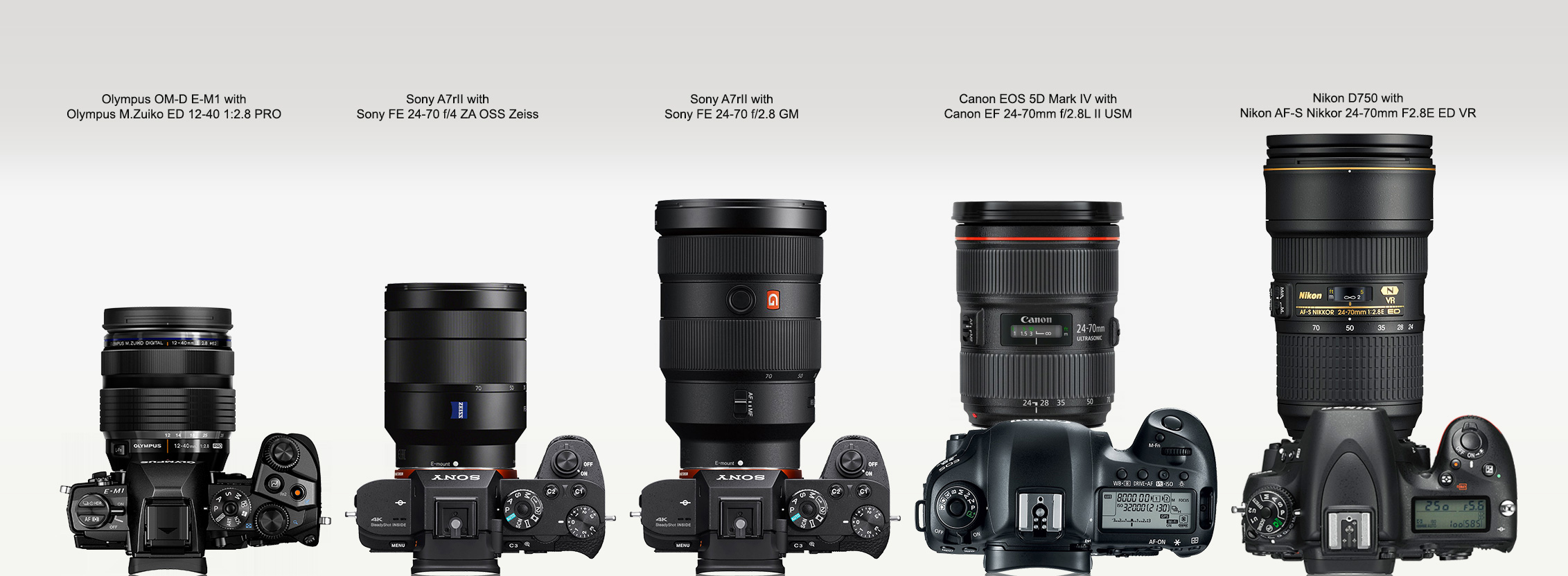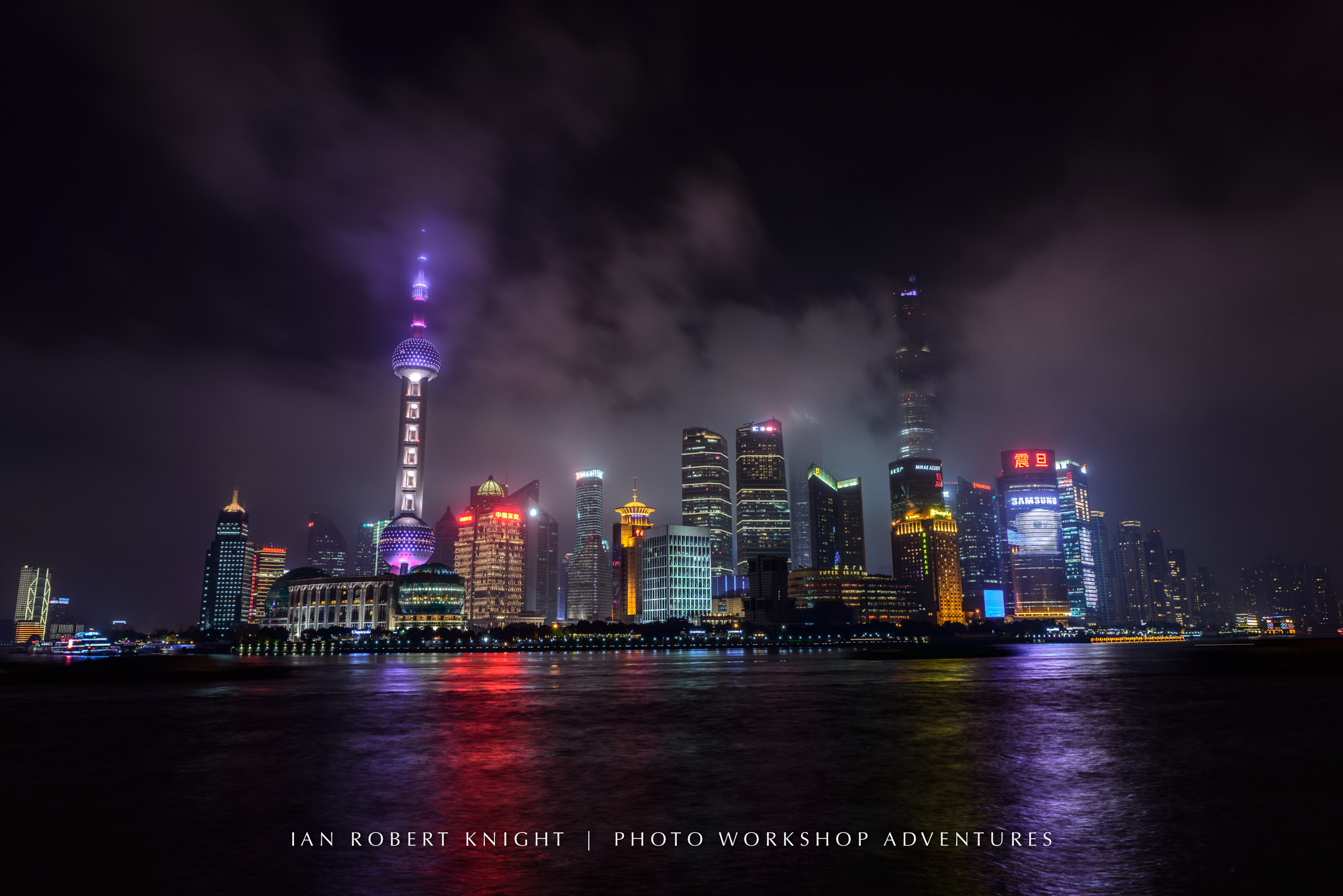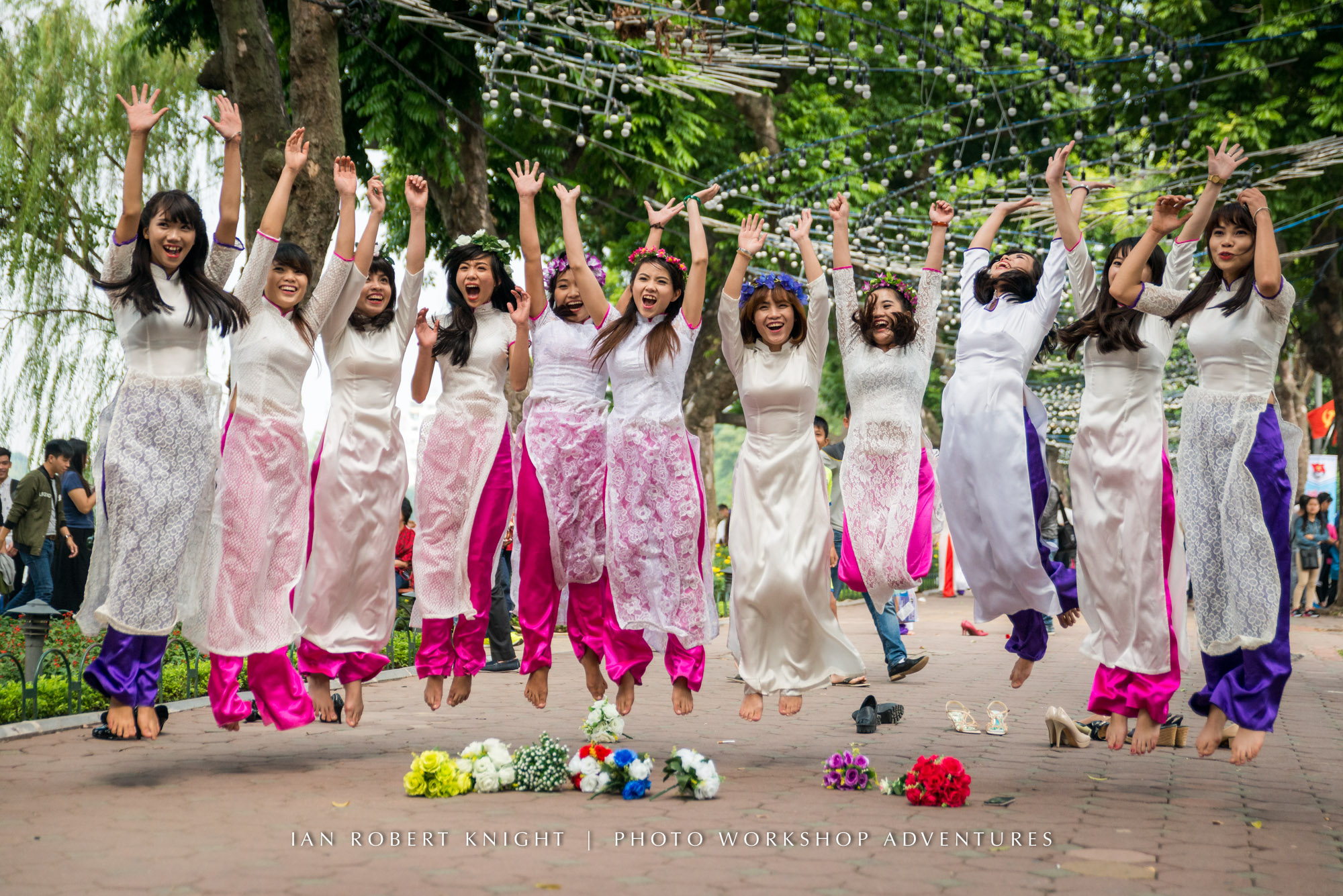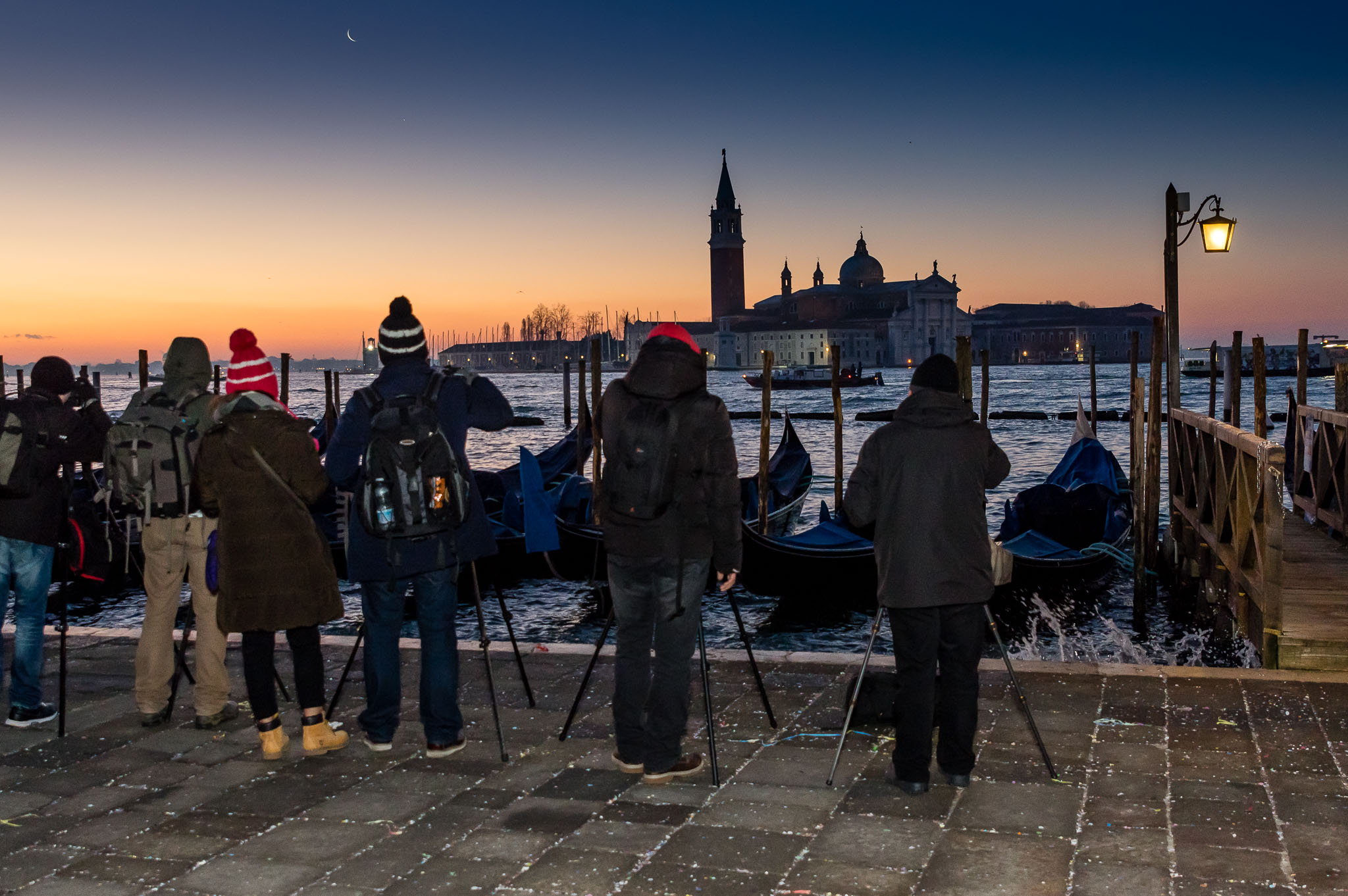THE PROS AND CONS OF ZOOM LENSES
By Ian Robert Knight
First, it’s important to explain that a Zoom Lens is really a description of the way a lens functions, not the size of the lens. Many people incorrectly assume all Zooms are telephoto lenses, but that really isn’t the case at all. To be clear, you can get a Wide Angle Zoom, a Standard Zoom, and a Telephoto Zoom. A Zoom Lens simply allows you to smoothly adjust the focal length from one range to another, by rotating the barrel (or ‘zooming’) of the lens.
Because of this, Zoom lenses have a high level of convenience about them. But what is the cost for that convenience? What do we gain and lose when we use a Zoom Lens? Let’s break it down into Pros and Cons.
The Pros
As anyone who’s used a Zoom Lens knows, one lens can replace a collection of Prime Lenses. The convenience of never having to switch lenses in the middle of a shoot is certainly attractive.
If you are shooting a subject that is moving around, you can sit in one spot and Zoom your lens to keep the subject at the same relative size. So if it gets closer to you, you can “Zoom Out” to see more of the subject. Then if it moves away, you can “Zoom In” to bring the subject matter back up to the same size. (Check out Laurie Cohen’s post about shooting street photos here.)

A major advantage of Zoom Lenses, particularly Telephoto Zoom Lenses, is that it allows you to stay put in one spot and “bring the subject to you”. This is particularly helpful if you’re photographing sports or safari animals. You obviously don’t want to get too close to either of those. Having a Telephoto Zoom Lens will give you the flexibility of enlarging or reducing the size of the subject simply by zooming the lens.
With Wide Zoom Lenses, the same advantage is given, except in a less obvious way. With Wide Zooms, you can adjust the focal length of the lens so that you can see more of the scene around you. If you’re shooting inside a building, sometimes you can’t get back far enough to shoot the entire room. With a Wide Zoom, you can zoom out further and further until you get the field of view you want.
Think of Zoom Lenses as a large collection of Prime Lenses in one small package. For instance, a 24-70mm “Standard Zoom” has 24mm, 35mm, 50mm, and 70mm, all in one unit. Carrying four lenses can really add to the weight of the bag you have over your shoulder. But one Zoom Lens is just one lens, right?
The Cons
First, Zoom Lenses tend to be heavier than prime lenses, and typically larger, and usually ‘slower’. The ‘speed’ of a lens (a Fast or a Slow lens) is determined by its aperture. “Fast” lenses have large maximum apertures, and “Slow” lenses have smaller maximum apertures.
If the maximum aperture is slow, then that means you will get longer (or slower) shutter speeds. Or you are forced to use higher ISOs in order to get the photo. Fast lenses can be used in lower lighting conditions, and don’t force high ISOs. But Fast Zoom Lenses cost and weigh a lot more.

In order to make a Zoom Lens that has a wide range of focal lengths, manufacturers have to make some compromises. If it’s lightweight (and cheap), then it will be slow. If it’s heavy and fast, it won’t be cheap. You can’t have fast, cheap and lightweight, at least not with today’s technology.
So unless you’re paying top dollar, you’re going to end up with a Zoom Lens that would have an aperture that’s usually 2 full stops slower than a Prime Lens.
If you do pay top dollar for your Zoom Lens, and you get a fast aperture, then you’ll be burdened with a heavy lens that you may regret travelling with. It’s never a win-win situation with Zoom Lenses.
Being Lazy
Back before Zoom Lenses became popular (the 70’s? the 80’s?), most photographers had a collection of Prime Lenses. They’d be in the habit of switching lenses as needed, whenever their subject matter required it. But what they also did was they moved around.
If their subjects were too far away – they’d MOVE closer. Or they’d move back if the subjects were too close to them. Although this seems obvious, what may not be apparent is that the photographers gained an advantage by moving around.
If they got up and moved closer to, or further from, or to the other side of their subjects, they’d see a whole new angle of things. They would have different light, different postures, different shadows, etc.
Zoom Lenses tend to make photographers lazy. It’s so easy to get into a comfy spot and then zoom the lens until the subject is suitable for our preference. If the subject moves away, we zoom some more. If it’s too far away, we tend to just lower our expectations, and accept an image that is less than ideal. All this is because it’s too easy to become lazy when using a Zoom Lens.
Interestingly, studies have shown that most people that use Zoom Lenses tend to shoot most of their photos at the extreme ends of the lenses. That is, if you use a 24-70mm, chances are pretty good that most of your photos are shot at 24mm or 70mm. Almost none of the photos would be shot at 42mm or 61mm or anything like that.
To Zoom, or Not to Zoom
With all that said, there are good reasons to use a Zoom Lens, if it fits your needs. Often the sheer convenience of having less equipment is worth it alone. Or perhaps your budget only allows for one lens. Zoom Lenses have their place in your camera bag, and you should probably use them.
Consider what’s important to you, and work from there. If you prefer to travel light, and don’t want to carry too many lenses, then a smaller, cheaper, slow Zoom Lens may be the right choice for you.

If you’re willing to put up with extra weight, in exchange for big apertures, then a fast Zoom Lens would suit you well.
Or perhaps you are a purist, and feel that you get more creative juices flowing when you use fixed Prime Lenses, and Zoom Lenses just don’t appeal to you.
When you think about the pros and cons of Zoom Lenses, you can see that there is just as many good points and bad points. As long as you understand the limitations and you can work around them, then you’ll manage quite well.
Lens Equivalents |
|||
| Full Frame | APS-C | Micro 4/3’s | |
| Super Wide | 12 mm | 10 mm | 6 mm |
| 14 mm | 12 mm | 7 mm | |
| Wide Angle | 20 mm | 15mm | 10 mm |
| 35 mm | 28mm | 18 mm | |
| Normal | 50 mm | 35 mm | 25 mm |
| Short Tele | 85 mm | 55 mm | 42 mm |
| 105 mm | 65 mm | 53 mm | |
| Telephoto | 135 mm | 85 mm | 70 mm |
| 200 mm | 140 mm | 100 mm | |
| Super Telephoto | 300 mm | 200 mm | 150 mm |
| 500 mm | 300 mm | 250 mm | |
May all who come as guests… leave as friends®










i used to be an all prime shooter.. i used to be able to tell a difference with a prime lens and a zoom.. but these days the zooms are really really good.. The Sony 24-70mm f2.8G is as sharp as any prime i have. Its big and heavy, but not really any heavier than carrying around 3 prime lenses.